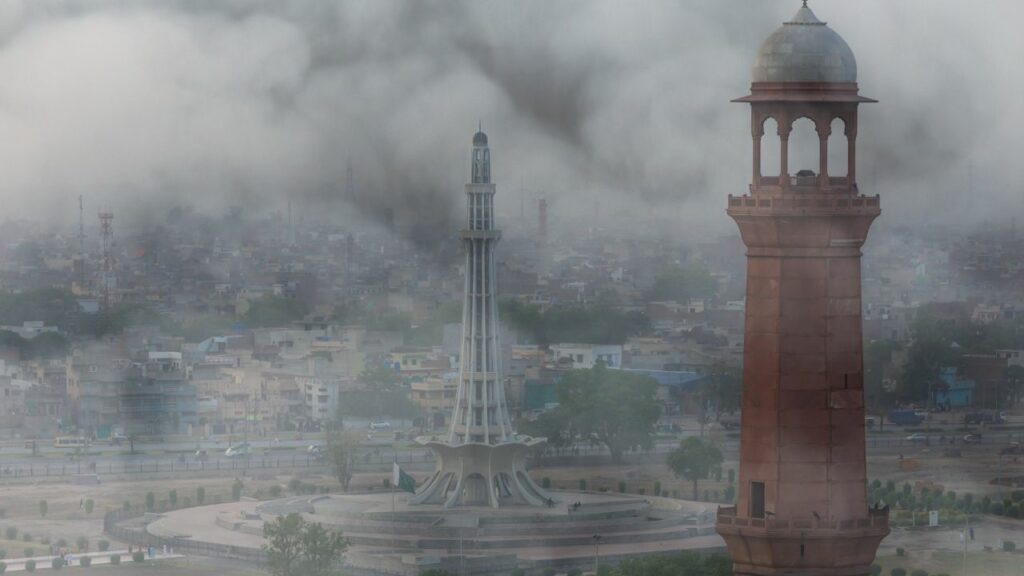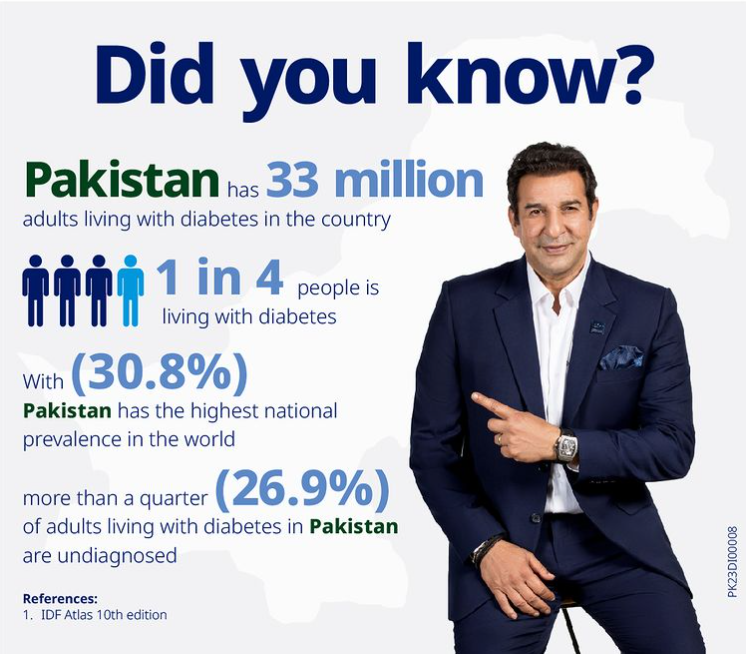The Smog Situation in Lahore
Lahore, Pakistan’s cultural capital, grapples with severe smog episodes, especially during the winter months. The city’s geographic location and climatic conditions exacerbate the accumulation of pollutants from various sources, including vehicular emissions, industrial activities, and agricultural burning. These factors contribute to the formation of thick layers of smog that engulf the cityscape.
Health Risks Associated with Smog
- Respiratory Complications: Smog contains high levels of particulate matter (PM2.5 and PM10) and gases like ozone and nitrogen dioxide. Prolonged exposure can lead to respiratory issues such as asthma exacerbations, chronic bronchitis, and respiratory infections.
- Cardiovascular Effects: Fine particulate matter can enter the bloodstream, triggering inflammation and increasing the risk of heart disease, stroke, and hypertension among susceptible individuals.
- Impact on Vulnerable Populations: Children, the elderly, and individuals with pre-existing health conditions are particularly vulnerable to the adverse effects of smog. Children’s developing lungs and older adults’ compromised immune systems make them more susceptible to respiratory ailments.
Environmental Consequences
Smog not only poses health risks but also harms the environment:
- Ecosystem Damage: Acid rain resulting from smog can damage vegetation, soil quality, and aquatic ecosystems.
- Climate Implications: Certain smog components contribute to climate change by trapping heat in the atmosphere, exacerbating global warming trends.
Mitigation Efforts and Solutions
- Policy Measures: Implementing stringent air quality regulations, monitoring systems, and emission controls are crucial steps to mitigate smog formation.
- Public Awareness: Educating the public about the health hazards of smog and promoting sustainable practices such as using public transport, carpooling, and reducing industrial emissions can help mitigate its impact.
- Healthcare Strategies: As healthcare providers, we emphasize preventive measures, such as respiratory health screenings and advising vulnerable patients to limit outdoor activities during peak smog periods.
Conclusion
As a medicine specialist based in Lahore, Pakistan, it is imperative to advocate for clean air initiatives and policies that prioritize public health. By raising awareness, supporting sustainable practices, and implementing effective regulatory measures, we can collectively work towards combating smog and improving the quality of life in our community.
Let’s continue our efforts to safeguard the health of Lahoris and protect our environment from the detrimental effects of smog. Together, we can make a significant impact in creating a healthier and cleaner Lahore.




